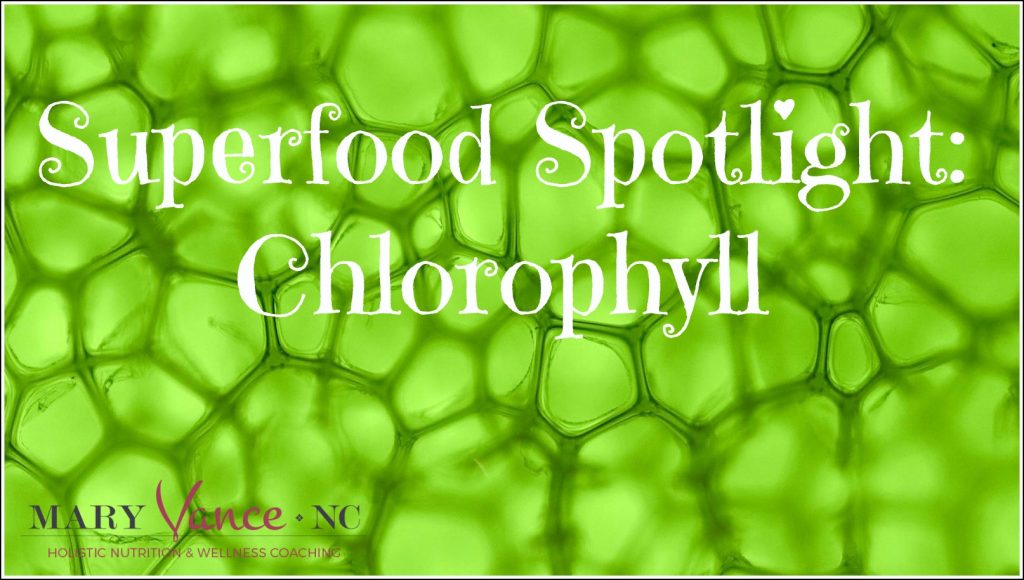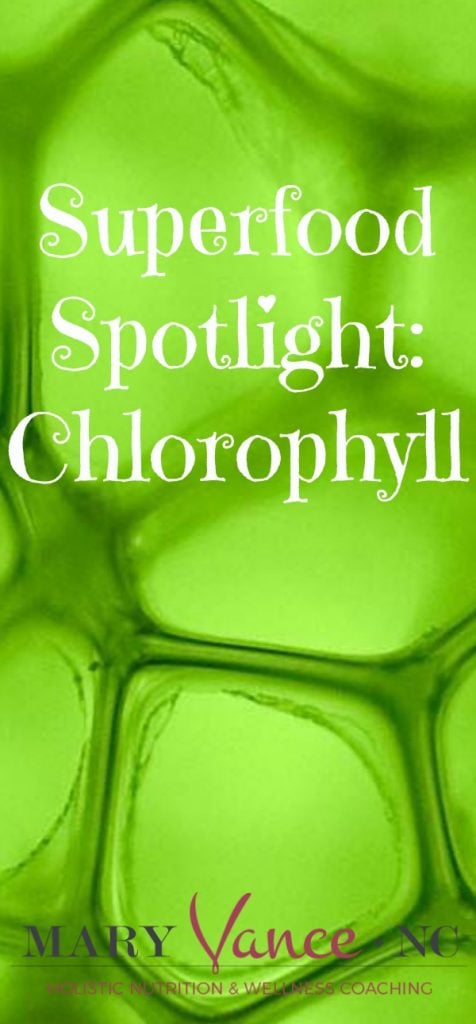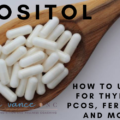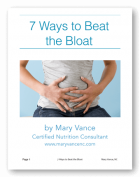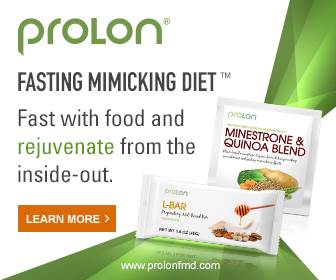Full disclosure: The term superfood actually bugs me, but there’s really no other way to describe the nutritional powerhouse that is chlorophyll.
You know what chlorophyll is, right? It’s the pigment that gives plants their green hue. It also absorbs light via photosynthesis, which allows plants to convert energy from the sun into food using carbon dioxide and water. Magic sorcery! If chlorophyll is vital to plants, could it be beneficial for humans too?
Turns out, yes: Chlorophyll contains vitamins, antioxidants, minerals, and nutrients that provide us humans with many therapeutic benefits.
Chlorophyll’s Benefits
Just look at everything chlorophyll does for the human body:
- Restores & replenishes red blood cells, making it excellent to treat and combat anemia because it enhances the red blood cells’ ability to carry oxygen throughout the body
- Fights and prevents development of cancer by reducing free radical and DNA damage and stimulating apoptosis (death of abnormal cells). Forms molecular complexes with some chemicals known or suspected to cause cancer, and in doing so, may block carcinogenic effects. (source)
- Anti-inflammatory
- Excellent liver detoxer; may prevent or treat liver cancer (source)
- Stimulates anti-aging enzymes to keep skin young
- Boosts immunity
- Natural deodorizer: combats bad breath and apparently body odor (though mixed results with the latter)
- Speeds wound healing; can be used topically for burns or wounds
- Boosts energy and vitality
- Aids in weight loss and appetite control (study)
- May be effective against candida and bacterial overgrowth
- May chelate to heavy metals (like mercury) and assist in their removal (source)
Another interesting benefit, according to studies, indicates that by eating a chlorophyll-rich diet, mammals (and by implication humans) can capture specific wavelengths of sunlight radiation that will translate into increased energy within the mitochondria (part of the cell that makes energy). (source)
Chlorophyll is a rich source of magnesium, vitamin A, vitamin C, vitamin E, vitamin K, amino acids, enzymes, and fatty acids. The greener the vegetable, the more chlorophyll, so spirulina, chlorella, wheat grass, and leafy greens like spinach and watercress are excellent sources, though cooking destroys the chlorophyll.
Chlorophyll’s benefits are due mostly to its high levels of antioxidants, making it protective against cancer and free radical damage. These antioxidants are beneficial for skin health and wound healing too. It also stiumlates liver detox pathways that assist in the neutralizing and excretion of toxic chemicals in the body.
My personal favorite use for chlorophyll is for an energy booster and blood builder. The molecular structure of chlorophyll is almost identical to that of hemoglobin in humans, so it increases oxygenation of the blood and assists in nutrient transport. I take liquid chlorophyll on and off, as I’m prone to anemia. I can tell a huge difference in energy and clarity when I use it, and my blood panels (red blood cell count, hemoglobin, and iron stores) improve dramatically.
I’ve recommended it to friends and clients for body odor with mixed results: some saw a benefit while others didn’t notice any change. It’s said to improve bad breath and act as an internal deodorizer. I couldn’t tell much difference with this one way or another, but then again, I don’t have much B.O.
How to Use Chlorophyll
Aside from eating a lot of raw plants, you can get an even better benefit by taking liquid chlorophyll. Liquid chlorophyll derived from alfalfa or algae tends to be the richest source of nutrients and antioxidants compared to other sources. The easiest to obtain is alfalfa-derived. Juiced wheatgrass is a potent source of real chlorophyll, but the supplement offers the most concentrated benefit (though it is not the 100% real chlorophyll you find in plants).
Capsules or Liquid?
There are two options to supplement with chlorophyll: liquid or a gel cap. They both have different properties. Liquid chlorophyll, typically found as copper chlorophyllin or sodium copper chlorophyllin, is concentrated and water soluble (unlike real chlorophyll), usually derived from the alfalfa plant. Liquid chlorophyll is naturally high in copper, which is necessary to keep it stable and water soluble. Copper is an essential trace mineral needed by the body. Copper toxicity is a real thing, but there are no cases occurring from chlorophyll supplements.
The capsules are fat soluble (they’re preserved in some kind of oil, usually soybean) and magnesium-rich. The capsules seem to work better for deodorizing skin, breath, and bowel. Be careful about choosing capsules, as they often contain soybean oil (some contain olive oil).
I prefer the liquid chlorophyll, which seems to offer more diverse benefits, though there isn’t much info on the efficacy of the liquid vs the caps. Taking the liquid gives me an immediate energy boost and increased focus, so I know that form works well for me. I also saw the benefits first-hand from my blood work.
I’ve tried a few liquid chlorophyll supplements, and some taste terrible, while others have a nice minty taste (contain peppermint oil) to cover the mineral-metallic taste. This is a good one, and it’s easy to add to water. I’ve also used the Whole Foods brand chlorophyll, which has a pleasant peppermint taste and works well for me.
Dosages for the liquids are typically 50mg for 15 drops or so. You can take this dosage 3x/day (or all at once in water, which is what I do).
How Long Should I Take Chlorophyll?
Again, there’s no standard answer for this. If you’re treating a condition like anemia, B.O., low blood cell counts, etc, take the supplement for 3 months and reassess. I don’t recommend taking these types of superfood concentrated supplements continuously, as they may lose effectiveness and stop working. You can rotate it in and out of use and add in chlorella and spirulina meantime.
Few if any side effects are reported from chlorophyll, though it can turn your poop green, and if you take too much, it may give you loose stool. As always though, if you’re on any meds, look up potential interactions (I didn’t find any noteworthy),
Have you tried chlorophyll supplements? What have you noticed?
Pin it!

Mary Vance is a Certified Nutrition Consultant and author specializing in digestive health. She combines a science-based approach with natural therapies to rebalance the body. In addition to her 1:1 coaching, she offers courses to help you heal your gut and improve your health. Mary lives in San Francisco and Lake Tahoe in Northern California. Read more about her coaching practice here and her background here.

